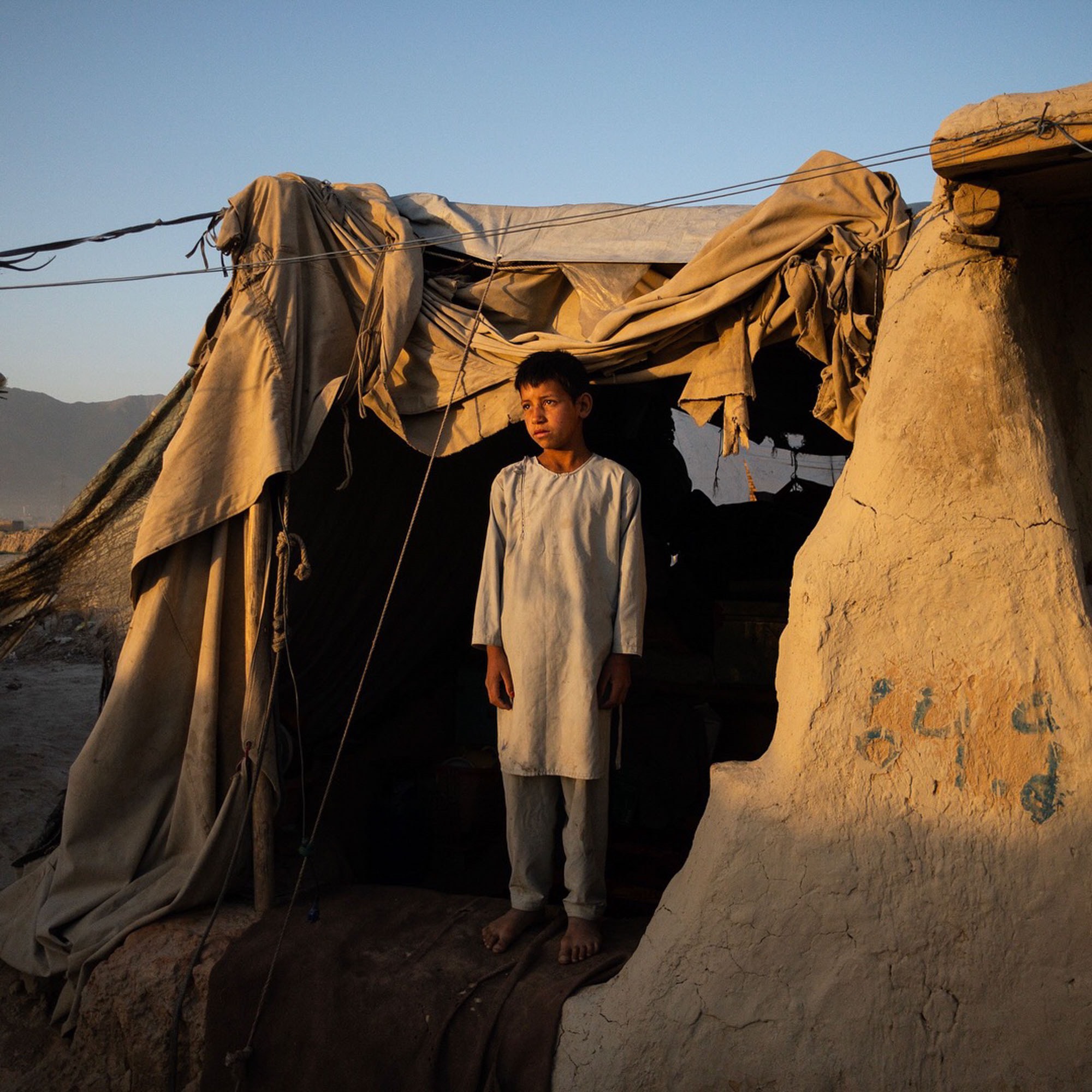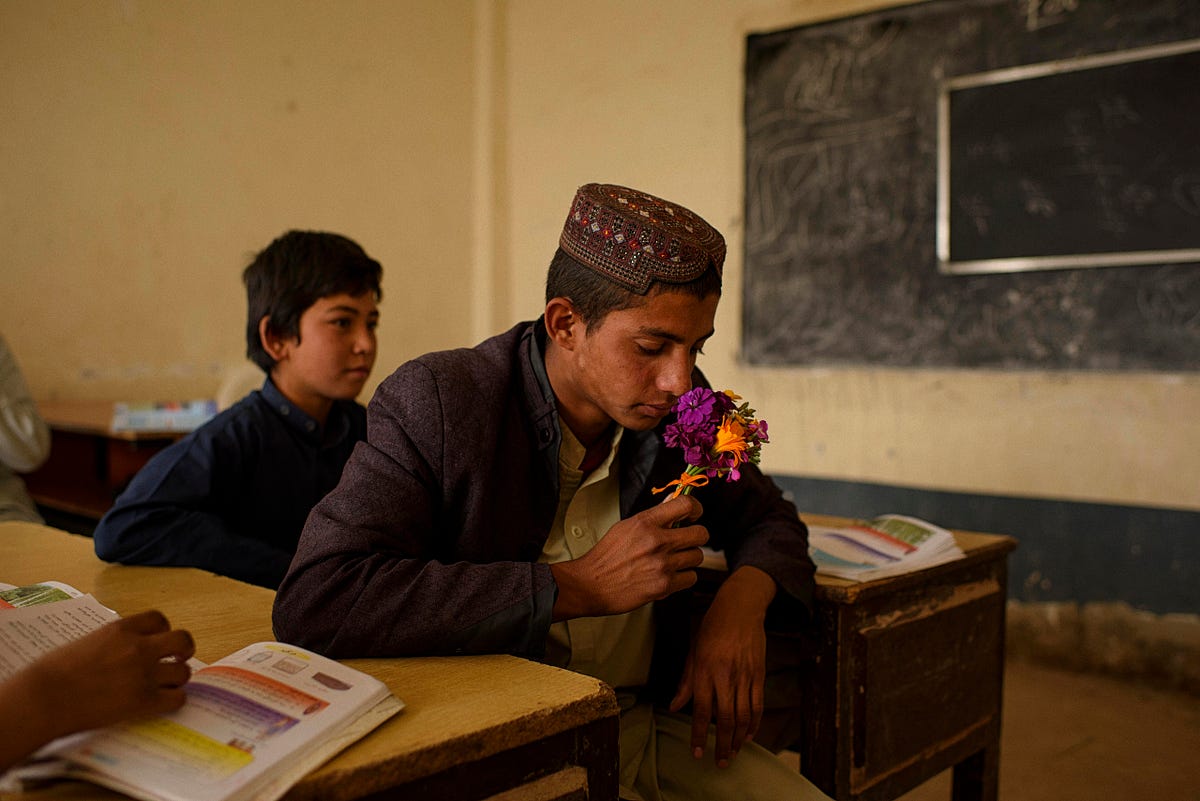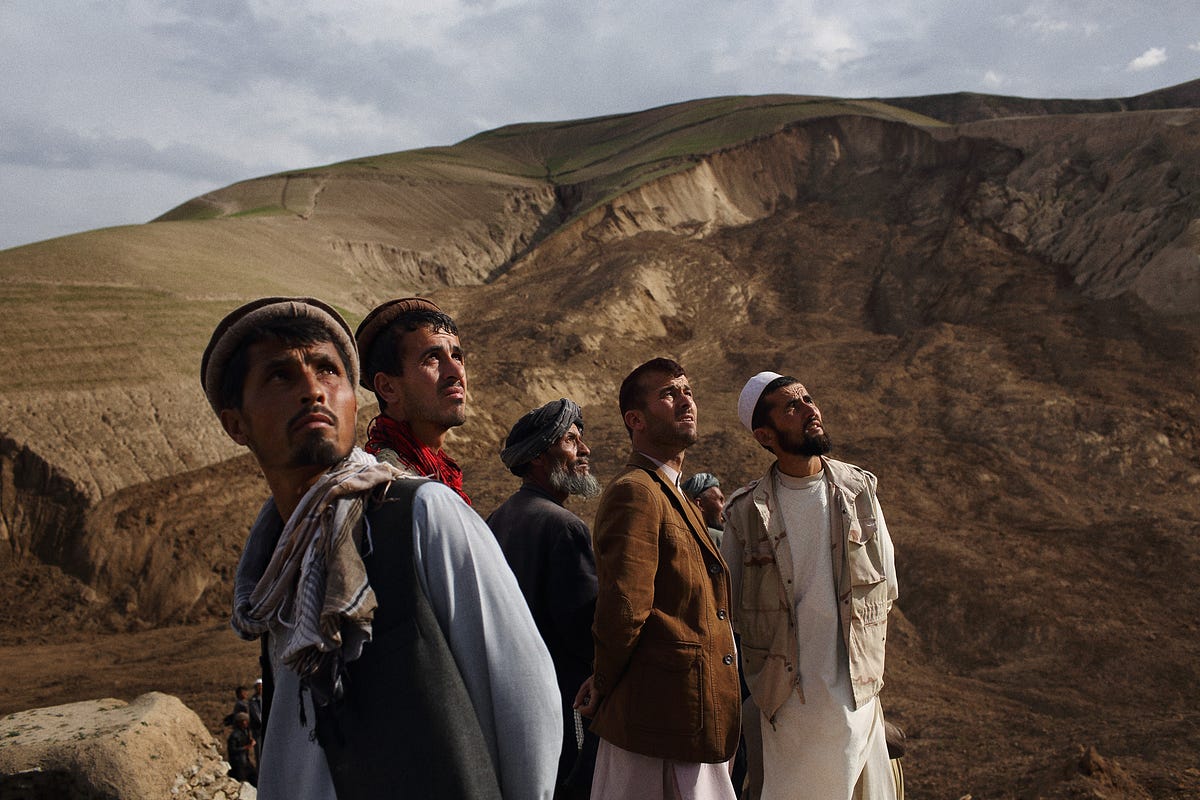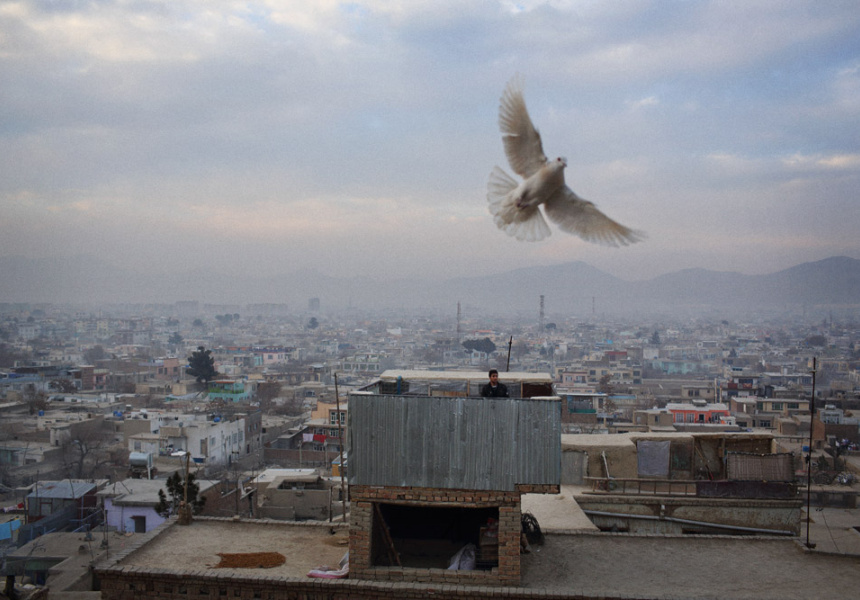Tag: Andrew Quilty
-

What lockdown looks like in Afghanistan : A photographer’s view
What lockdown looks like in Afghanistan : A photographer’s view For photographer Andrew Quilty, a pandemic in Afghanistan seemed terrifying. But the reality was an entirely different story. via Huck Magazine: https://www.huckmag.com/art-and-culture/photography-2/war-and-peace-what-lockdown-looks-like-in-afghanistan/ For photographer and writer Andrew Quilty – an immigrant living in war-torn Kabul – the prospect of Covid-19 was panic-inducing. But the reality…
-
These Haunting Photos Reveal Today’s Afghanistan | PROOF
Link: Australian photographer Andrew Quilty has been photographing in Afghanistan since 2013 for publications such as the New York Times, Time, and Foreign Policy. Like many of his generation, he says, Afghanistan became part of his consciousness after the terrorist attacks of September 11, 2001, and the subsequent U.S. invasion. A first trip meant to…
-
Photos of War-Torn Life in Afghanistan – VICE
Australian War Photographer Andrew Quilty on Life in Afghanistan “The optimism of 2013 has gone.” Link: https://www.vice.com/en/article/paa3an/australian-war-photographer-andrew-quilty-on-life-in-afghanistan Just a few years ago, Andrew Quilty thought he’d landed his dream job. The photographer was working for a big Australian newspaper, shooting photos that would end up splashed across the front page every other day. But that…
-
World Press Photo disinvites photographer to industry awards – Columbia Journalism Review
World Press Photo disinvites photographer to industry awards The World Press Photo Foundation disinvited an award-winning photographer from its annual awards ceremony Thursday following allegations of “inappropriate behavior,” according to the foundation. This is the first time in the organization’s six-decade-l via Columbia Journalism Review: https://www.cjr.org/watchdog/world-press-photo-andrew-quilty.php Andrew Quilty’s photographs of the aftermath of a bombing…
-

Working around reductionism in Afghanistan – Re-Picture – Medium
Working around reductionism in Afghanistan Photojournalist Andrew Quilty reflects on his place as an outsider in Afghanistan, exploring themes of reality versus role-playing… via Medium: https://medium.com/re-picture/working-around-reductionism-in-afghanistan-92551ab014b6 Photojournalist Andrew Quilty reflects on his place as an outsider in Afghanistan, exploring themes of reality versus role-playing, clichés, and the importance of photographer-editor relationships.
-
When War Is Just Another Day in Afghanistan | TIME
When War Is Just Another Day in Afghanistan Andrew Quilty continues to document America’s longest war via Time: http://time.com/4402071/afghanistan-war-everyday/ Andrew Quilty continues to document America’s longest war
-
The story behind Andrew Quilty’s POYi winning photograph
The story behind Andrew Quilty’s POYi winning photograph “I saw Gul’s mother cover him with an orange scarf, I suppose to calm him and keep flies away.” via The Sydney Morning Herald: http://www.smh.com.au/national/clique/the-story-behind-andrew-quiltys-poyi-winning-photograph-20160212-gmssqi.html Clique spoke to Quilty about the day he captured the image.
-

Afghan Gigs — Vantage — Medium
Afghan Gigs Photojournalist Andrew Quilty on risk, common sense and insurance options for freelancers on the front lines via Medium: https://medium.com/vantage/andrew-quilty-s-journey-from-australia-to-afghanistan-b7a71fab0477 A freelancer’s life in Afghanistan is fraught with danger, but for photojournalist Andrew Quilty the steady flow of assignments to important global stories makes it career worth the risk
-

Photographer Andrew Quilty Tells about Life in the Middle East, Broadsheet Sydney – Broadsheet
Untitled From Afghanistan For the past year, Andrew Quilty has split his time between Sydney and Kabul, Afghanistan. Quilty tells Broadsheet about his life in the Middle East, and walking the perilous line between violence and harmony in his work. via Broadsheet: http://www.broadsheet.com.au/sydney/art-and-design/article/untitled-afghanistan#gallery-9 For the past year, Andrew Quilty has split his time between Sydney…
-

In the Eye of the Storm: Capturing Sandy’s Wrath
LightBox | Time Read the latest stories about LightBox on Time via Time: http://lightbox.time.com/2012/10/30/in-the-eye-of-the-storm-capturing-sandys-wrath/#1 As Sandy drew near, TIME asked five photographers — Michael Christopher Brown, Benjamin Lowy, Ed Kashi, Andrew Quilty and Stephen Wilkes — to document the hurricane and its aftermath via Instagram.
